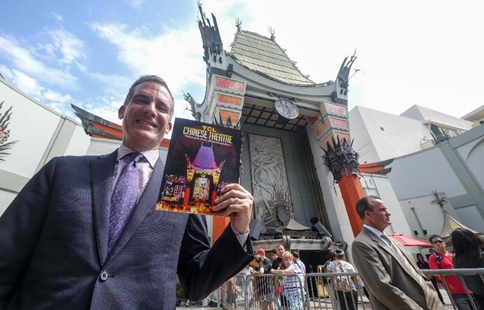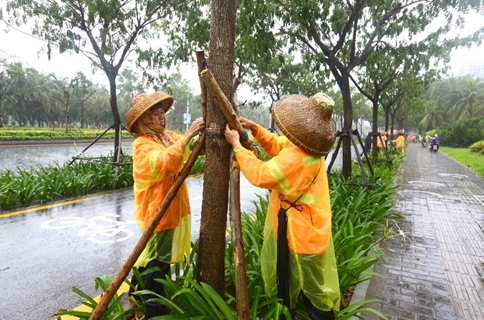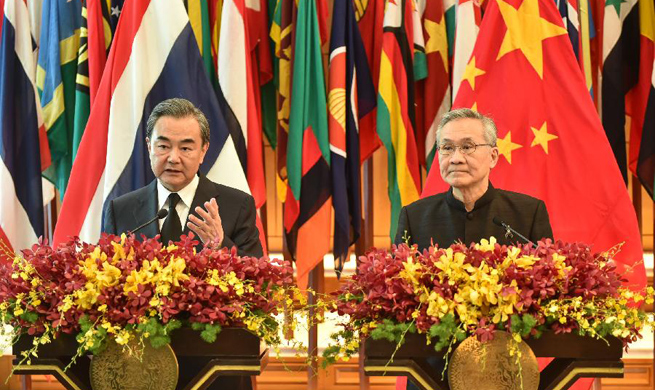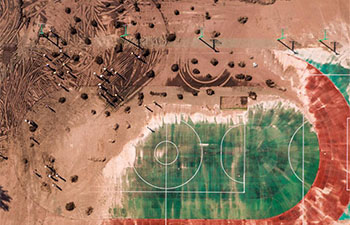SYDNEY, July 25 (Xinhua) -- Credit and debit cards have taken over cash as the number one way to pay in Australia, according to a new report commissioned by the Reserve Bank of Australia.
The researchers gathered data on roughly 17,000 regular payments made by 1,500 consumers during the course of a week, and found that for the first time ever, card and digital payment methods had overtaken the use of cash.
Australian consumers are relying more heavily on alternative methods of payment, according to chief economist at the Commonwealth Bank of Australia, Craig James, who told Xinhua on Tuesday that the figures showed that 52 percent of all transactions are made with some form of card - with cash accounting for around 37 percent of purchases made.
"Three years ago cash led by 47 percent to 43 percent of payments. Cash now only leads card payments for transactions of less than 10 dollars," James said.
On average, Australians keep around 101 Australian dollars (80.14 U.S. dollars) in their wallets according to the findings, with people taking money out from ATM's less than once a fortnight.
There was a definitive generational shift in the data, with 46 percent of people aged between 18 and 29 using debit cards to transact, while 51 percent of people aged over 65 continued to use cash to settle their transactions.
The speed at which Australia is maneuvering towards a cashless society is in stark contrast to the strides made in China - the first country to introduce paper currency - who have an over-5 trillion-U.S. dollar mobile payments industry, but according to James, Australia is not quite there in terms of a cashless future.
"While Aussies like using cards for payments only around 10 percent of respondents said they were interested in making payments with mobile devices like phones," the economist said.
According to the research figures, 86 percent of all purchases made in Australia over the assessed period were conducted in person, while 11 percent were done using a PC or tablet.

















